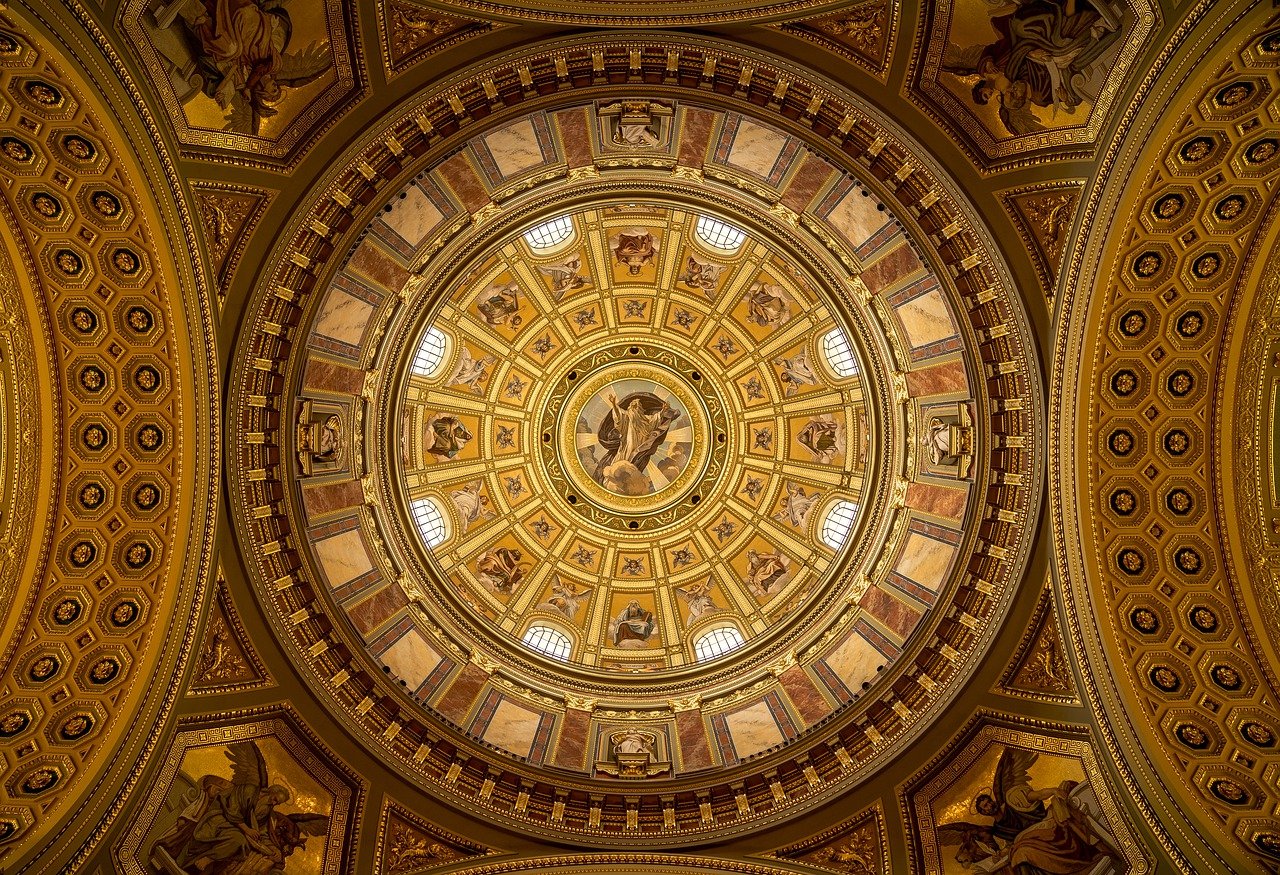Ancient Egyptian Religion: An Overview of Beliefs and Practices
The religion of ancient Egypt spans a vast timeline from the predynastic era (4th millennium BCE) until the early centuries CE when traditional cultural practices began to fade. Egyptian beliefs and rituals were deeply woven into the fabric of society after around 3000 BCE. While many aspects of the religion likely stemmed from older beliefs, these were overshadowed by the transformations brought about by the establishment of the Egyptian state, which reshaped the religious landscape.
Integration and Evolution of Beliefs
Religious practices were omnipresent in Egyptian life, rendering it difficult to classify religion as a singular, cohesive system. Instead, it is essential to understand these beliefs within the broader framework of various human activities and societal values. Over the more than three millennia of its evolution, Egyptian religion experienced shifts in focus and practice, yet consistently displayed distinct character traits and styles across different periods.
Rather than exclusively focusing on deity worship and personal piety, religion encompassed interactions with the deceased, divination, oracles, and magical practices often invoked through divine intermediaries. Two central elements of public religious life were the king and the gods, both crucial to understanding Egyptian civilization. The king held an intermediary position, bridging humanity and the divine realm. He participated in the divine world and constructed monumental tombs loaded with religious significance for his afterlife.
Deities and Cosmology
Egyptian deities are recognized for their diverse representations, including various animal forms and hybrid creatures. Key gods such as the sun deity—known by multiple names—played significant roles, symbolizing the cyclical nature of life and death. Osiris, the god of the afterlife and ruler of the underworld, alongside his wife Isis, grew in prominence particularly during the 1st millennium BCE when solar worship was diminishing.
The Egyptians perceived the cosmos as a complex structure comprising the gods and the earthly realm, with Egypt situated at its core, surrounded by chaos and disorder. The societal role of the king was predicated on maintaining divine favor to uphold order against disorder. This overarching bleak view of the cosmos, largely associated with the solar deity, became a potent legitimizing force for the ruling class.
Despite an underlying pessimistic worldview, the monuments and representations of the cosmos often conveyed a sense of positivity and hope, showcasing the continuous exchange and harmony between the king and the gods. This portrayal served to underline the delicate balance necessary to uphold order. Monuments were also characterized by strict decorum, which governed how religious imagery was created and presented. This principle of decorum worked in conjunction with the affirmation of order within society. The documented beliefs and rituals of the elite offer valuable insights; however, the perspectives of the general population remain largely undocumented. Although the fundamental beliefs of the elite and the common people may not have radically diverged, this possibility merits consideration.



